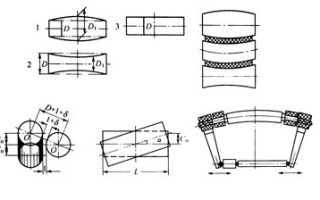The fiber textile is subjected to dipping treatment before calendering. The fabric is passed through a special latex impregnating solution, and after a certain period of contact, the glue penetrates into the structure and adheres to the textile fabric, thereby reducing the dynamic fatigue property of the textile and the bonding strength with the rubber compound. The type of textile is different and the purpose of impregnation is not exactly the same. For example, the purpose of cotton textile impregnation is to improve the dynamic fatigue performance of the adhesive fabric by about 30% to 40%; the synthetic fiber must be dipped to ensure the bonding strength with the rubber compound.
Type of commonly used dipping solution
Common types of impregnating liquids are solvent glue and latex. The former is mainly used for the impregnation and coating of the tape; the latter is suitable for the impregnation of various fabrics. The main component of the latex impregnating solution is latex, followed by some modified components such as protein and resin. Depending on the type of latex and the modified components, the commonly used impregnating liquids are mainly various phenolic resin-latex blends. The types of latex include natural latex, styrene-butadiene latex and butylpyramid latex; the modified resin mainly includes phenolic resin and epoxy resin. Among them, resorcinol-formaldehyde-latex (RFL) impregnating liquid and its modification liquid are most widely used. Not only for natural fibers, rayon and nylon fibers, but also for impregnation of polyester, aramid and fiberglass fabrics.

